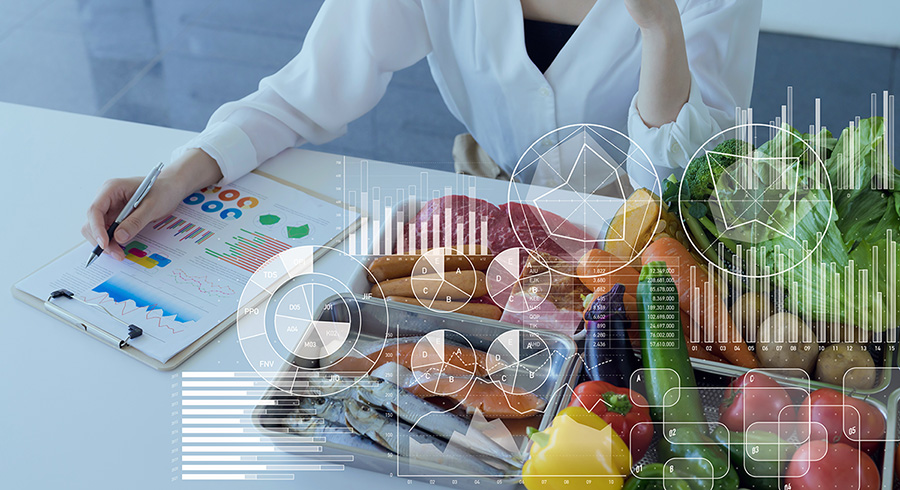It's no secret that over recent years, the frozen food market has had something of a resurgence. Frozen food is now recognised for the sustainability and cost benefits it can offer. So much so, in fact, that in 2020 - in the height of the pandemic, the frozen food market was worth over £7 billion1.
Fast forward to summer 2023, and the British Frozen Food Federation reported that the UK’s appetite for frozen food continued to grow.
Frozen vegetables, meat, potato products, pizza and savoury foods were all key drivers of volume growth, but on the other hand products such as ice cream and fish saw demand drop – almost undoubtedly as cost of living caused consumers to cut back on non-essentials.
The cost of living crisis – and the Covid-19 pandemic have undoubtedly changed buying habits for the longer term. As a result we are increasingly seeing food manufacturers change their approach to production, storage and handling of their frozen lines.
What is the reality now?
Consumers can purchase larger quantities of frozen food for a lower cost than fresh food and it lasts much longer, allowing them to stock up on necessities and waste less. It can also be healthy, so an option with multiple benefits. Manufacturers want to keep targeting that market and be ready for the demand.
For those manufacturers we work with, we know they are seeking to introduce new frozen ranges or scale up their existing offer to ensure they are better equipped to deal with the high demand. Producers, for example, may want to invest in cryogenic freezers if low on space and products vary, or in mechanical freezers if running one base food consistently. To find out more about what might be best for you on this front, please read our other post here.
One consistent theme however is a need to use data to enhance production systems. Rather than looking to new systems, our customers, with support from Air Products, are looking to ensure their existing systems and processes are as effective and sustainable as they can be. Data insights can inform and improve key decision making throughout the production process, including which freezers to run and when.

Unlocking the potential of digital
Specifically, the pressure to continuously monitor process operations to improve cost efficiency, and in light of supply chain concerns, is a real pinch point for our customers. As a result, we are facilitating a growing move towards remote monitoring and the use of Freshline® Smart Technology with all cryogenic freezers. The technology uses diagnostic sensors together with operating parameters through wireless communications technology to monitor cryogenic freezing operations remotely, tracking key process parameters to advise and optimise processes based on advanced analytics and machine learning. The system allows our customers to review their nitrogen use so they can make more informed cost-saving decisions. Our customers can also identify any issues that may arise from an easy to use dashboard and, as a result, save operator time when searching/ checking for problems.
What is the future?
Air Products will continue to innovate and challenge what it is our customers need from their freezing solutions, in order to support them in meeting consumer demands while being a successful business.
As the sector increasingly focuses on digitisation, it's critical that companies not only collate data but use it effectively. This is where a process of collaboration is key. Our expert team can work with our customers to understand the data and analyse it to implement change.
Further improvements and additions will continue to be implemented and brought to our customers as part of our Freshline® Smart Technology continuous development.
The fact is consumer demand for frozen food isn’t showing signs of declining. Our customers need to continue to meet this demand, while maintaining a competitive advantage and innovating their offering.





